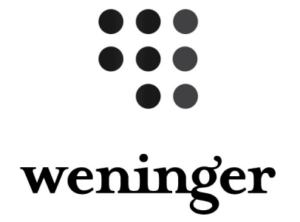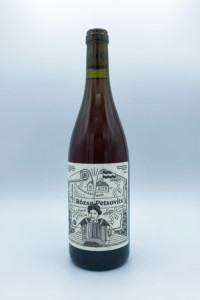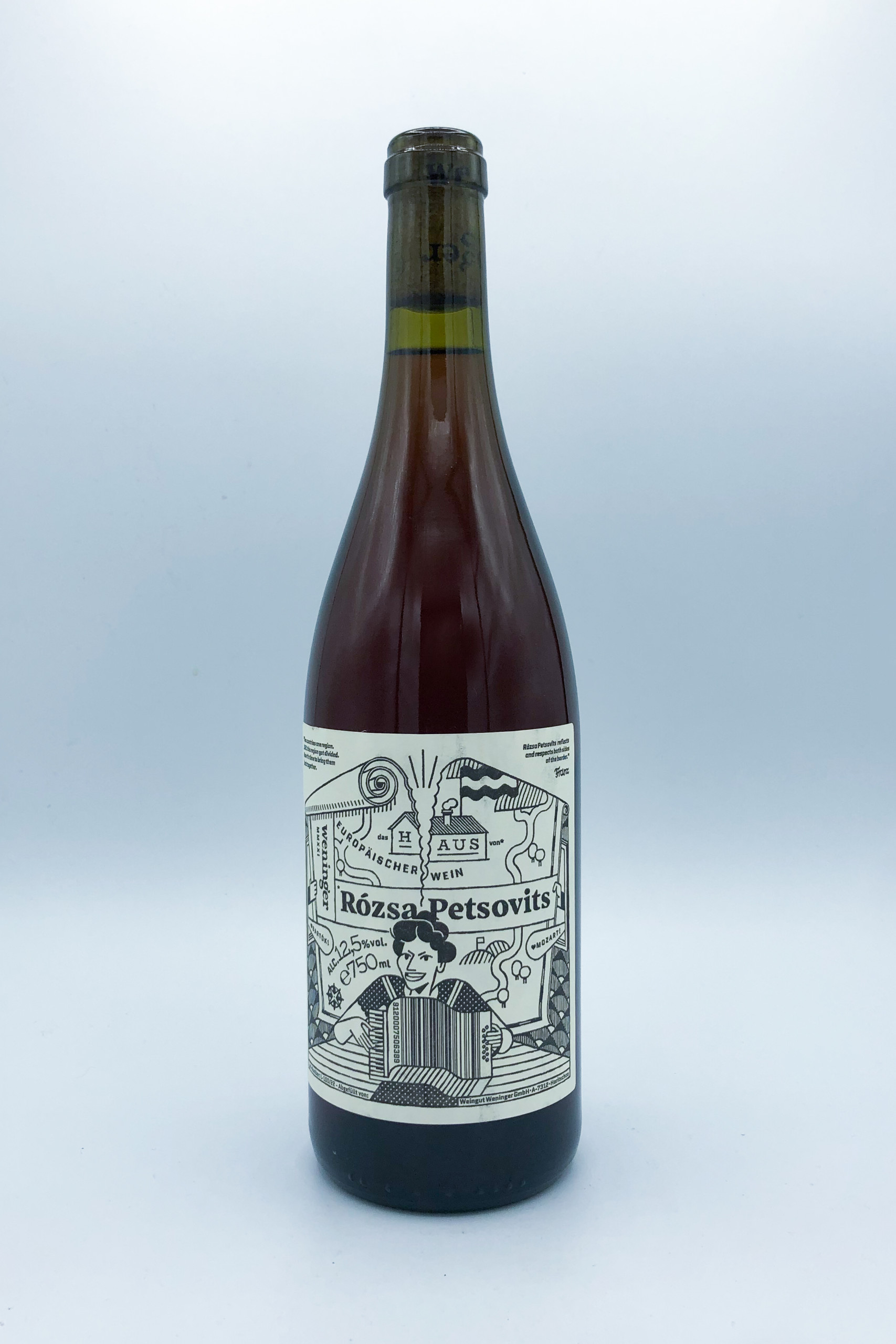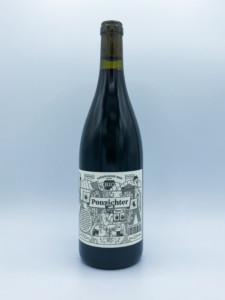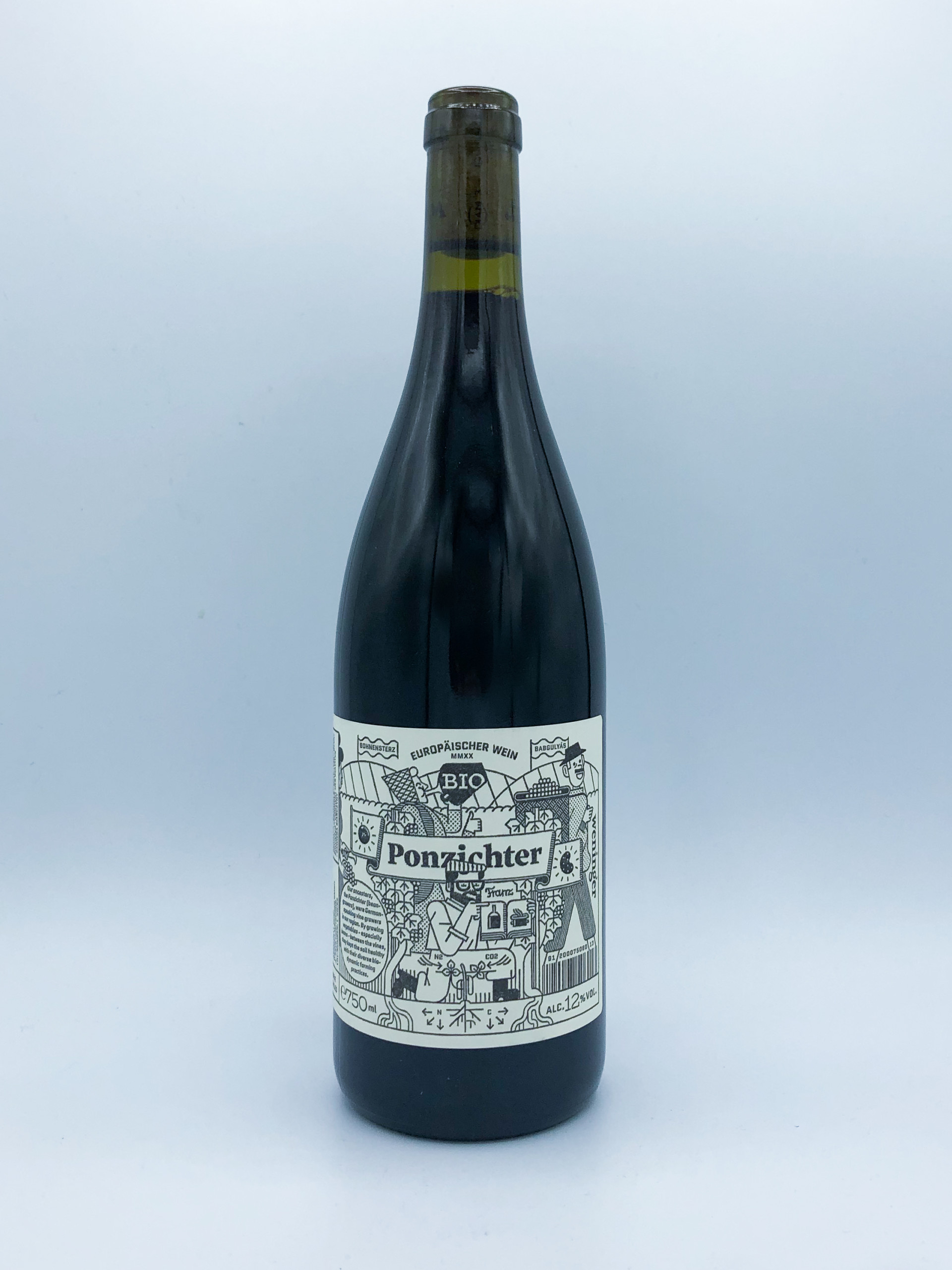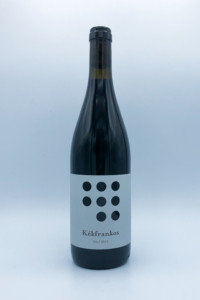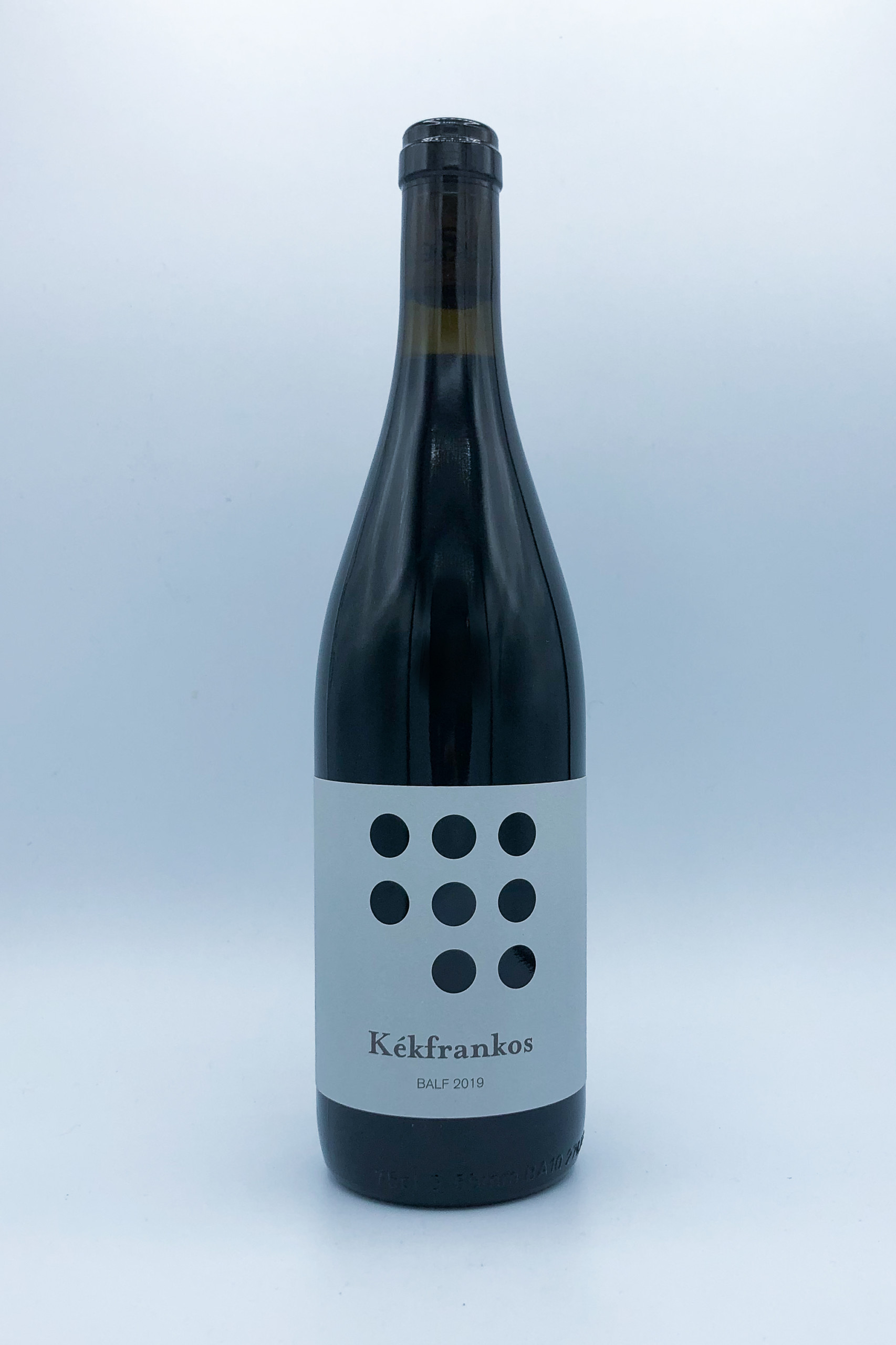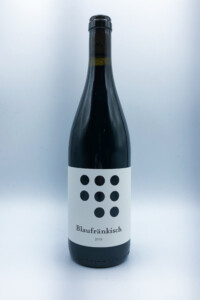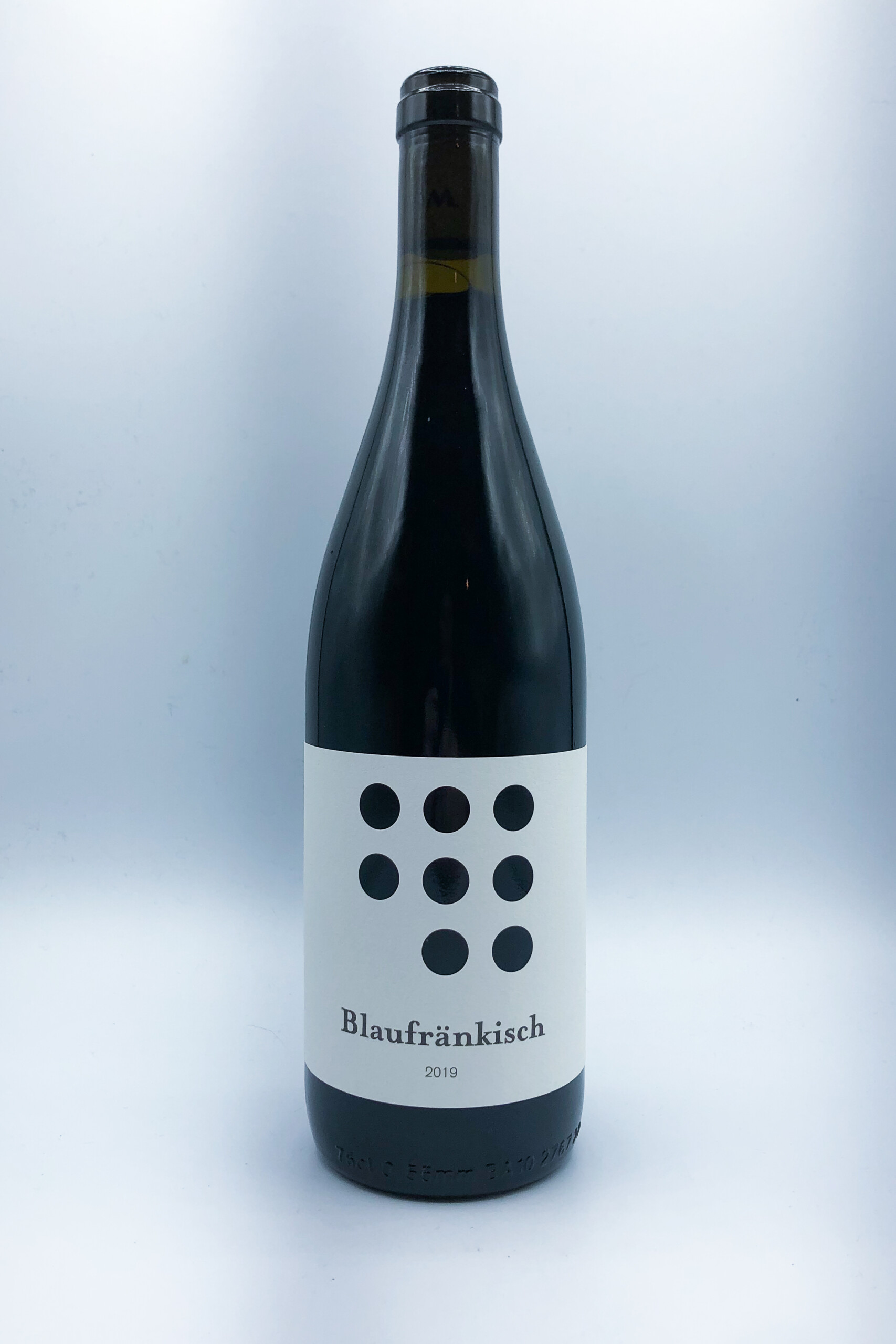Weninger
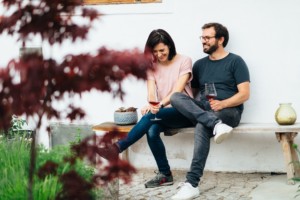
Franz & Petra Weninger
About
Owners & winemakers: Franz & Petra Weninger
Vineyards: 42ha, with plantings on either side of the Austria/Hungary border
Vineyard management: Certified biodynamic by Demeter in Austria and by Respekt in Hungary
Soils: Schist, slate, limestone, alluvial
Grapes grown: Blaufrankisch, Furmint, Zweigelt, Feherburgundi
Annual production: 180,000 bottles
Quick facts:
- The “Ponzichter” wine is named after the old Hungarian name for the German-speakers of the region, which translates to “bean grower.” Historically, Burgenland was an ethnically diverse region, and each ethnic group lived in a different area and specialized in different things. The German speakers lived in the hills and grew grapes to make wine. Lack of arable land meant they would plant crops between the rows–mainly beans. (Today, we’d admire their innovative nitrogen-fixing cover cropping and commitment to biodiversity.)
- The “Rozsa Petsovits” is named for Franz’s grandmother, who was born in 1921, the same year that Burgenland was divided between Austria and Hungary.
To understand the Weninger wines, you must first understand Burgenland. Today, it’s a region of Austria, but that’s a relatively recent development. Historically, it was a primarily German-speaking region in the Kingdom of Hungary, part of what became the Austro-Hungarian Empire in 1529. When the empire was divided in 1921, following the end of WWI, most of Burgenland became a region of Austria, while the historic capital of Sopron was allocated to Hungary. During the cold war, this artificial border became a militarized one, dividing communist Hungary from capitalist Austria. Thirty years after the fall of the Iron Curtain, Burgenland is still trying to rediscover its identity. On the Austrian side, it’s a red wine region in a country that focuses primarily on whites. On the Hungarian side, growers are exploring the potential for quality over quantity after years of communist consolidation.
According to Franz Weninger, it’s a region that’s still underrated, like Jura fifteen years ago. He and his wife Petra are reconnecting with the history and unique identity of Burgenland: they own vineyards on both sides of the border. Due to legalistic quirks, wine blended from both sites, only a few kilometers apart and sharing centuries of culture and history, must be declassified as “European wine” and can’t even list the names of the countries on the bottle. (Look closely at the label designs for clues, though…) Franz’s family has been farming in the area since 1828, and focused mainly on winemaking since 1982. His father was able to purchase the Hungarian vineyards in the early 1990s after the fall of the USSR. Petra describes the vineyards there as a magical place: so close to the Iron Curtain, there was barely any traffic, so the area almost became a de facto wildlife preserve. Even today, crossing the border feels like stepping into another time.
Both the Austrian and Hungarian vineyard sites are situated in the hills around the Neusiedlersee, a wide shallow lake filled with reeds that moderates the surrounding climate. The hills here are the last vestiges of the Alps before the land flattens out into the Pannonian plain–the Weningers have vineyards up to 300m in elevation, which is very unusual in the mostly flat Burgenland. Varied soils, slopes, and aspects allow them to produce a varied range of wines.
In the cellar, the goal is to showcase what makes Burgenland unique. In the 1990s, his parents sought to emulate great French wines, using French oak, French consultants, etc. After an internship abroad, Franz realized that much of the world was doing the exact same thing. He began to ask himself, “What is the Burgenland identity in winemaking?” He was inspired by the styles of wines he imagined were made in this area before the war–what his grandfather and his grandfather’s grandfather might have drank. This led him to low-intervention winemaking, based on timing, confidence, and space: spontaneous fermentation, large old barrels, gravity-flow pumps, no sulfur before bottling, no fining, no filtration. “Less is more,” as Franz puts it. The bulk of the work takes place in the vineyards, which have been farmed organically since 2000 and certified biodynamic since 2006. “We are down to earth people, being driven to show the world that agriculture is possible in connection to the nature and environment,” explains Franz.

